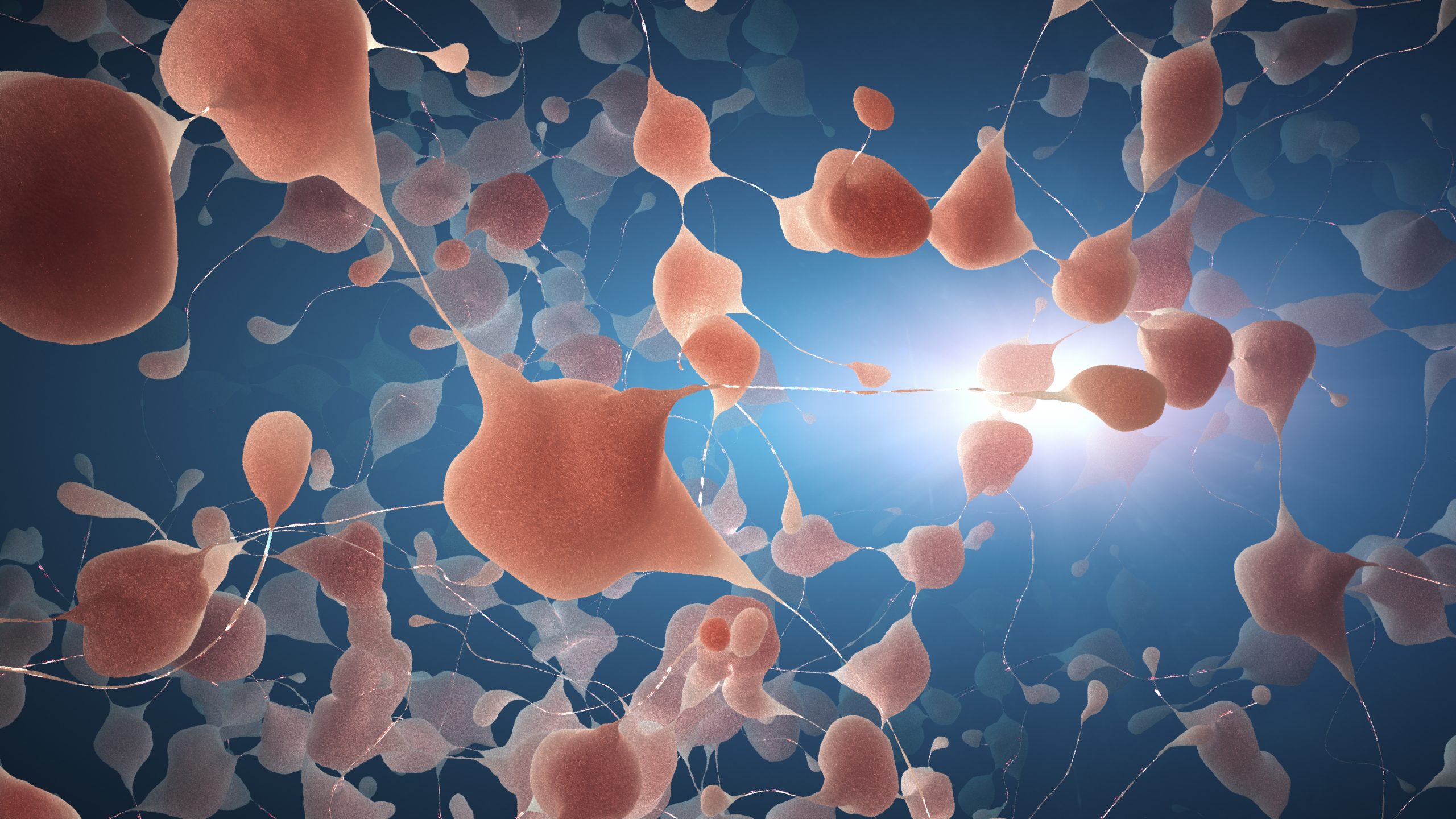

The midbrain is an important center for ocular motion while the pons is involved with coordinating eye and facial movements, facial sensation, hearing and balance.

Many simple or primitive functions that are essential for survival are located here. It serves as a relay station, passing messages back and forth between various parts of the body and the cerebral cortex. It consists of three structures: the midbrain, pons and medulla oblongata. The brainstem is the lower extension of the brain, located in front of the cerebellum and connected to the spinal cord. It is within this area that cerebrospinal fluid flows. The space that separates the arachnoid and the pia is called the subarachnoid space. The major arteries supplying the brain provide the pia with its blood vessels. The pia, which covers the entire surface of the brain, follows the folds of the brain. The pia mater has many blood vessels that reach deep into the surface of the brain. Pia Mater: The layer of meninges closest to the surface of the brain is called the pia mater. The arachnoid is made up of delicate, elastic tissue and blood vessels of varying sizes. There is a space between the dura and the arachnoid membranes that is called the subdural space. This membrane is thin and delicate and covers the entire brain. The falx separates the right and left half of the brain and the tentorium separates the upper and lower parts of the brain.Īrachnoid: The second layer of the meninges is the arachnoid. The two special folds of the dura in the brain are called the falx and the tentorium. An inner layer, the dura, lines the inside of the entire skull and creates little folds or compartments in which parts of the brain are protected and secured. The outer layer is called the periosteum. From the outermost layer inward they are: the dura mater, arachnoid and pia mater.ĭura Mater: In the brain, the dura mater is made up of two layers of whitish, nonelastic film or membrane. Between the skull and brain is the meninges, which consist of three layers of tissue that cover and protect the brain and spinal cord. Together, the cranium and bones that protect the face are called the skull. The cranium protects the brain from injury. The microdata allow investigation of why the more educated remit more, showing that the higher income earned by migrants, rather than family characteristics, explains much of the higher remittances.The brain is housed inside the bony covering called the cranium. Combining these intensive and extensive margins yields an overall positive effect of education on the amount remitted for the pooled sample, with heterogeneous results across destinations. The data show a mixed pattern between education and the likelihood of remitting, and a strong positive relationship between education and amount remitted (intensive margin), conditional on remitting at all (extensive margin). Microdata from surveys of immigrants in 11 major destination countries are used to revisit the relationship between education and remitting behavior. However, recent literature based on cross-country regressions has claimed that more educated migrants remit less, leading to concerns that further increases in skilled migration will impede remittance growth. Two of the most salient trends in migration and development over the last two decades are the large rise in remittances and in the flow of skilled migrants.


 0 kommentar(er)
0 kommentar(er)
